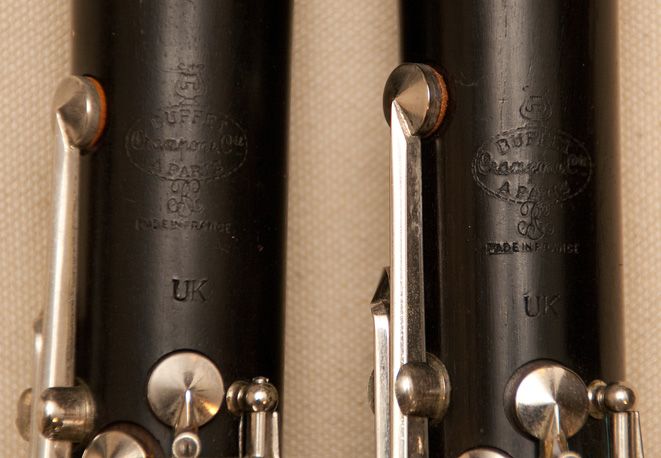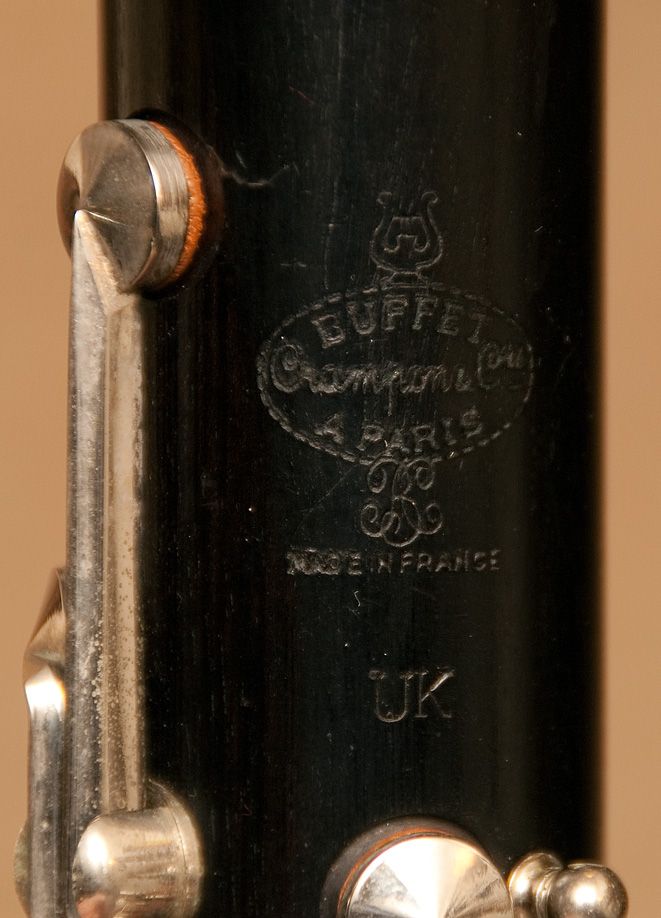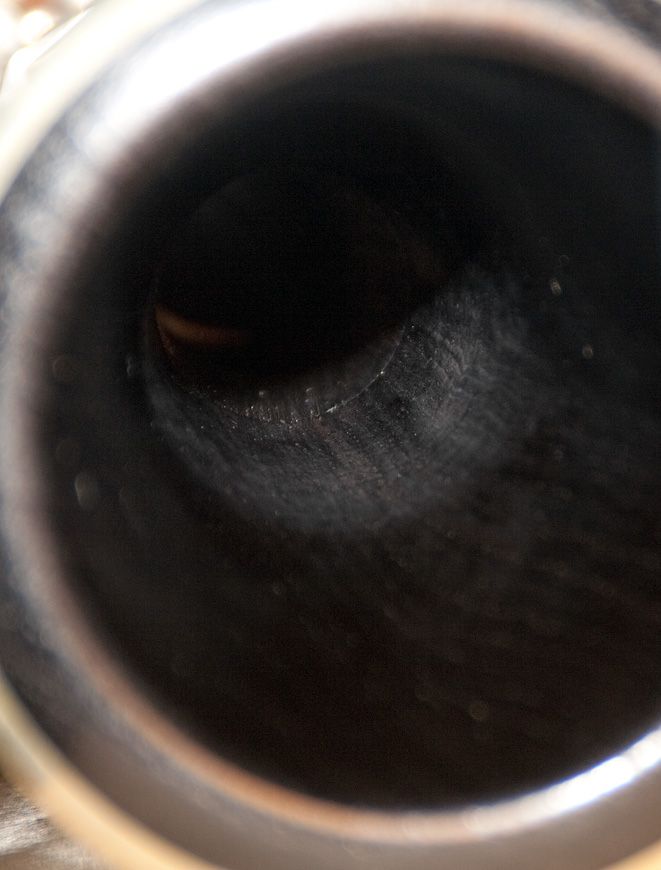I have put this in the clarinet BBoard, but thought would do no harm to try here too.
I have just bought, and received, a pair of R13s (1974)
Both have "UK" stamped just below the Buffet logo of the UJ. (I can do pictures if needed)
The only mention of this from searches suggests that this means that they were made to A=440 and for the UK market (this from a website of a company that sells many high end instruments in UK, and mentioned in one of their adverts).
Does anybody have a confirmatory or differing view regarding what the "UK" stamp signifies?
Another question
The A has serial 144xxx and the Bb has serial B143xxx (on UJs and LJs)
Another web search does not yield anything to say why the Bb serial starts with a B. I would like to think that the instruments were factory matched, and the B shows which joints are the Bb. But that is just my imagination.
I wouldn't like to think they were B grade seconds!!
I confess never to have strayed to R13s before, having remained faithful to my Leblanc Opus over all these years, with my faith tested occasionally (and seriously) by my Couesnon Monopole (oh, and a pair of FB Selmer CTs, and oh yes, the pair of metal Selmers sometimes give me a coy look and a beckoning finger from the corner of the room). This means I have only the internet as my guide when it comes to serial numbers, and I had not expected to see the B at the beginning of the Bb serial number.
Thoughts and information, ladies and gentlemen?
Steve, I had a good roam around your website but did not spot a reference to the UK stamp. Do you want a photo for the website, when or if an explanation emerges?
Chris
I have just bought, and received, a pair of R13s (1974)
Both have "UK" stamped just below the Buffet logo of the UJ. (I can do pictures if needed)
The only mention of this from searches suggests that this means that they were made to A=440 and for the UK market (this from a website of a company that sells many high end instruments in UK, and mentioned in one of their adverts).
Does anybody have a confirmatory or differing view regarding what the "UK" stamp signifies?
Another question
The A has serial 144xxx and the Bb has serial B143xxx (on UJs and LJs)
Another web search does not yield anything to say why the Bb serial starts with a B. I would like to think that the instruments were factory matched, and the B shows which joints are the Bb. But that is just my imagination.
I wouldn't like to think they were B grade seconds!!
I confess never to have strayed to R13s before, having remained faithful to my Leblanc Opus over all these years, with my faith tested occasionally (and seriously) by my Couesnon Monopole (oh, and a pair of FB Selmer CTs, and oh yes, the pair of metal Selmers sometimes give me a coy look and a beckoning finger from the corner of the room). This means I have only the internet as my guide when it comes to serial numbers, and I had not expected to see the B at the beginning of the Bb serial number.
Thoughts and information, ladies and gentlemen?
Steve, I had a good roam around your website but did not spot a reference to the UK stamp. Do you want a photo for the website, when or if an explanation emerges?
Chris






